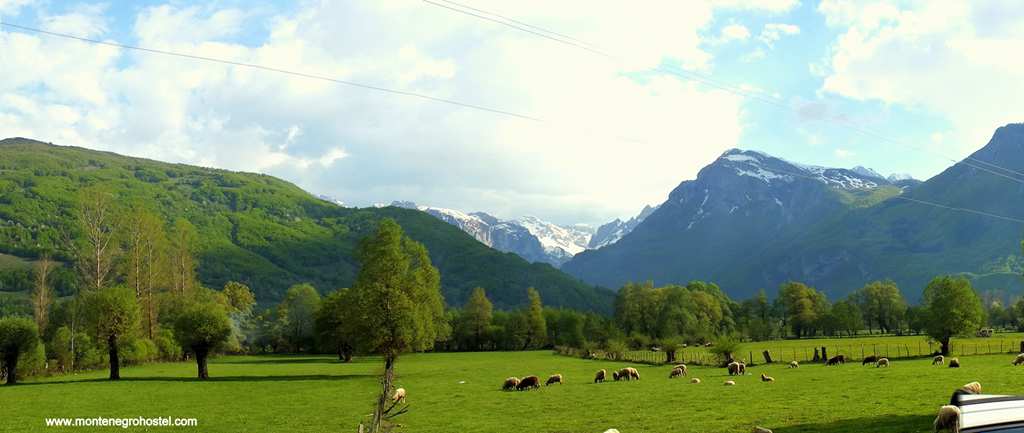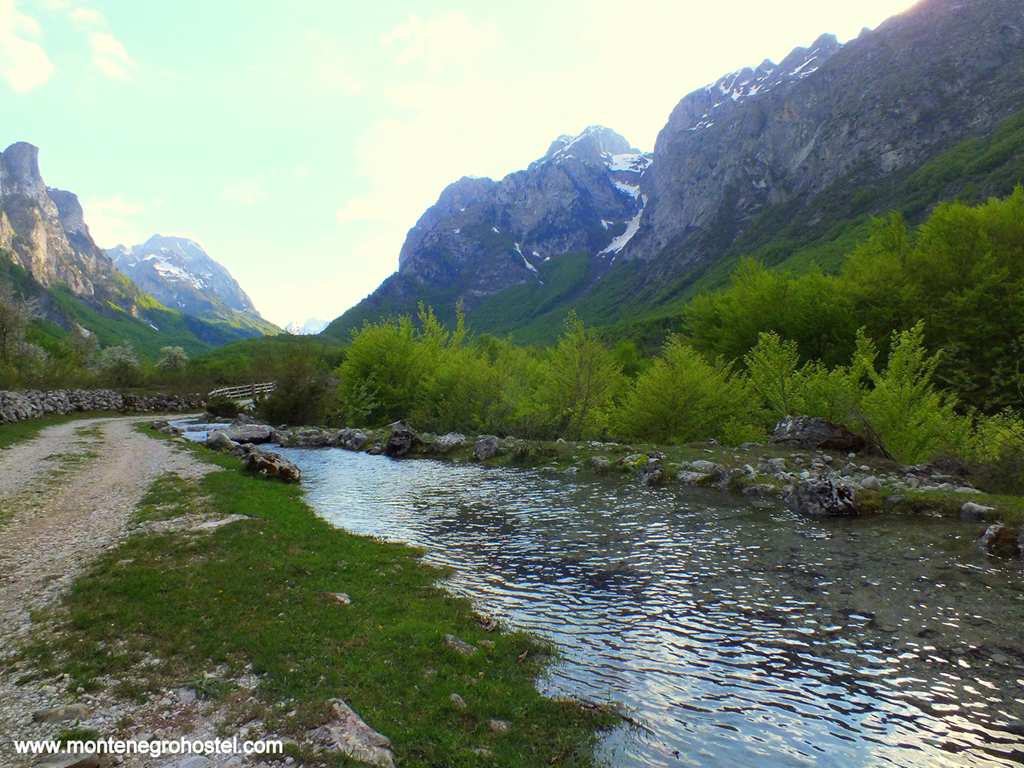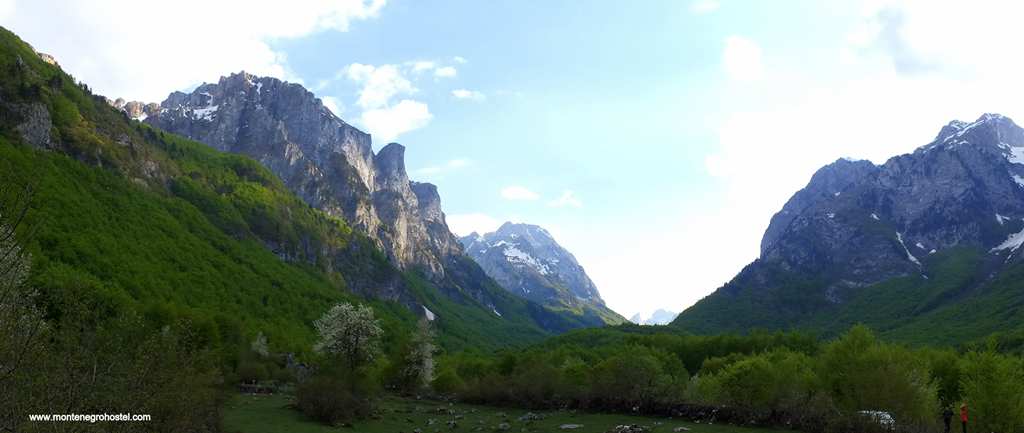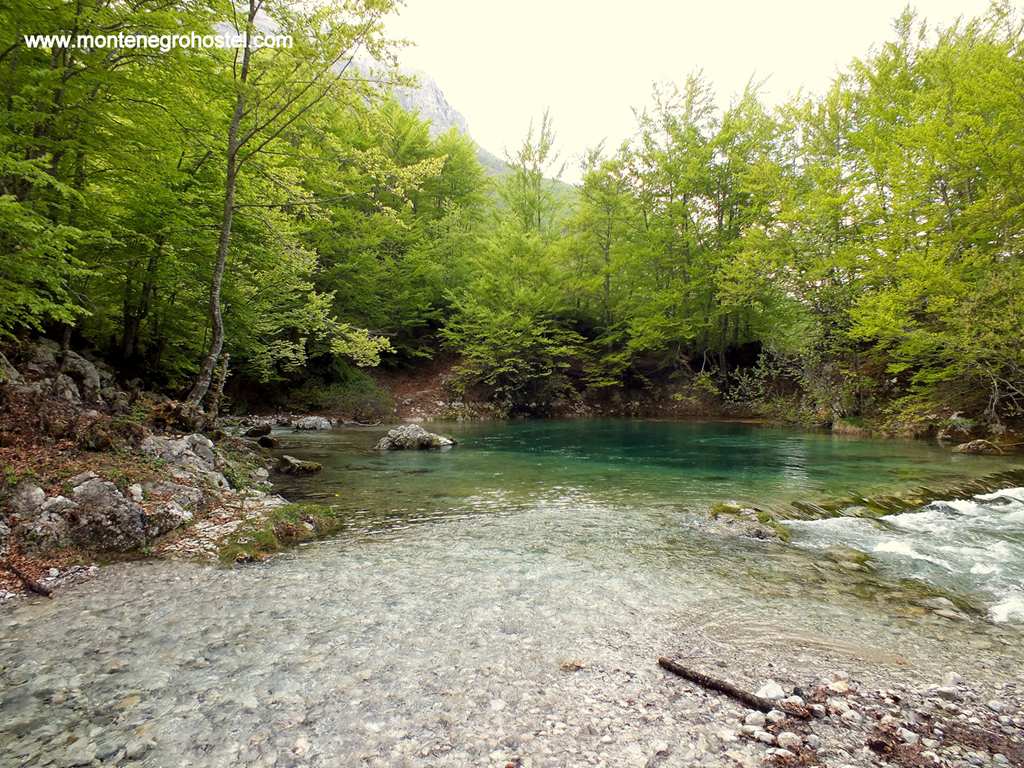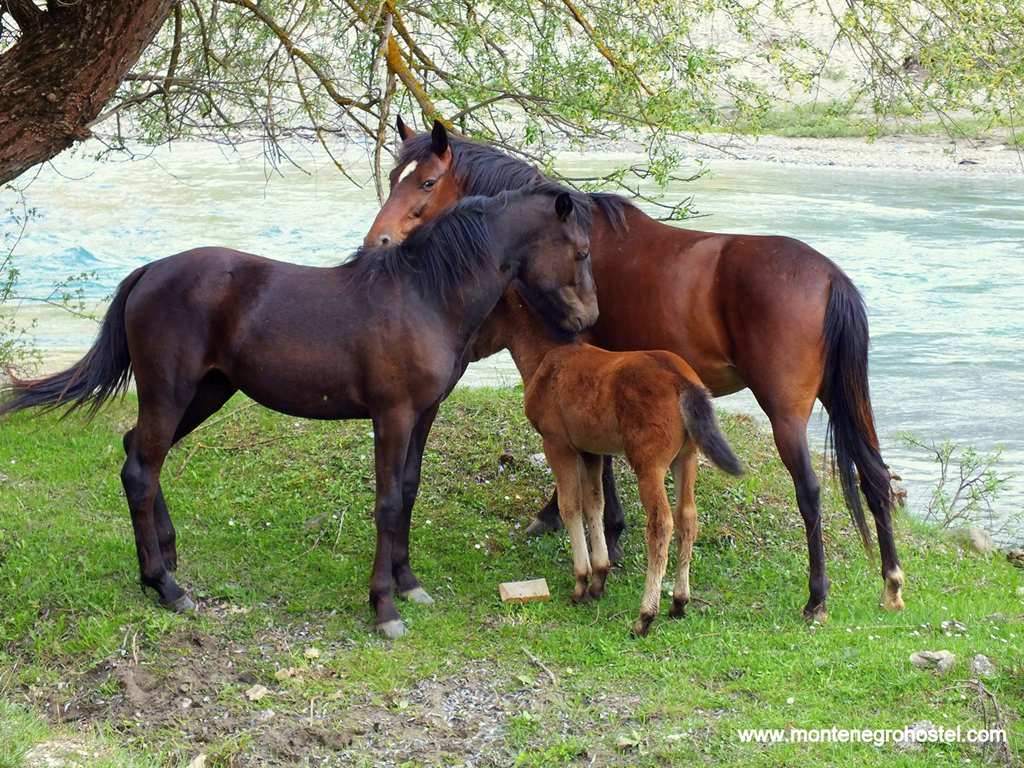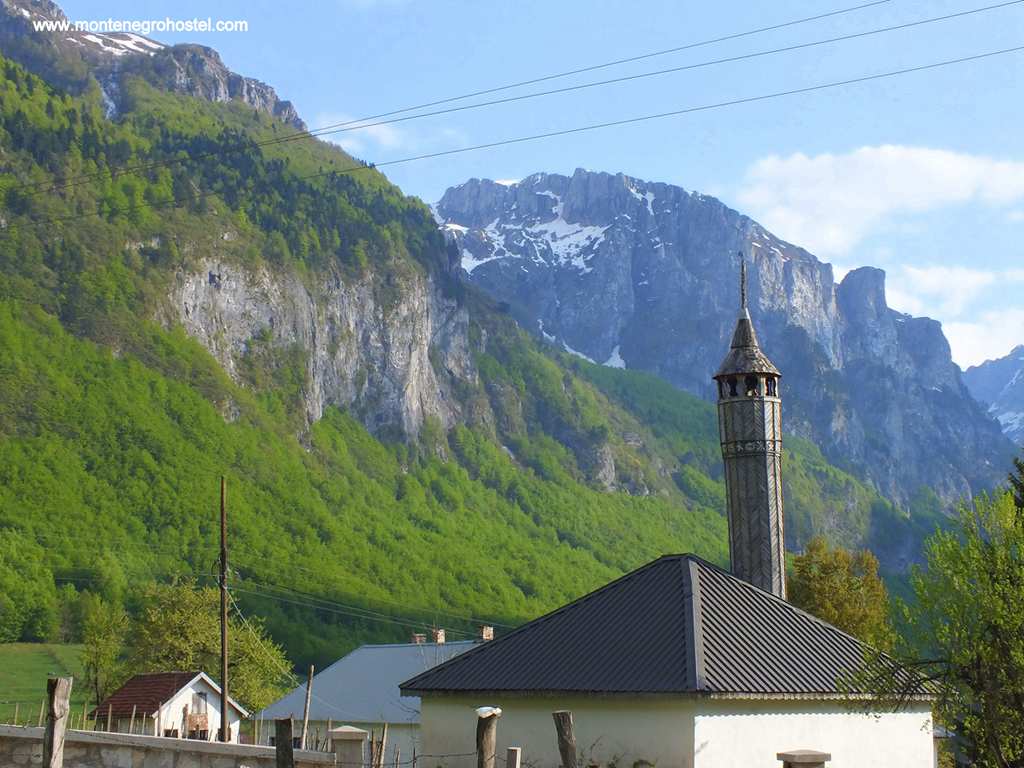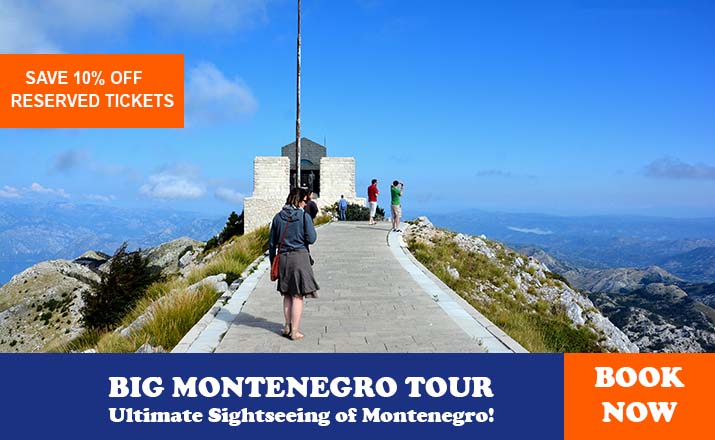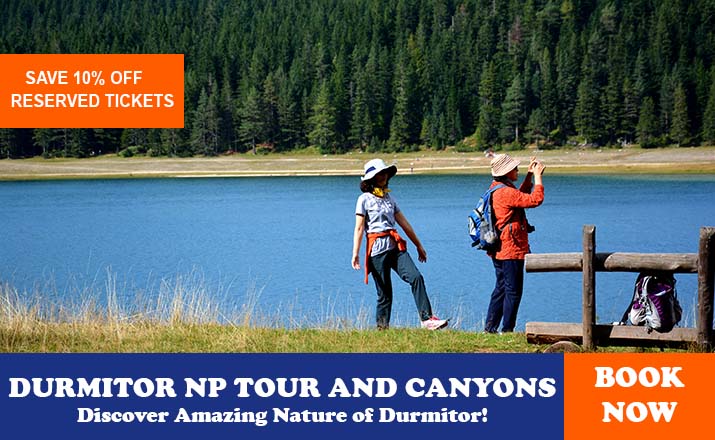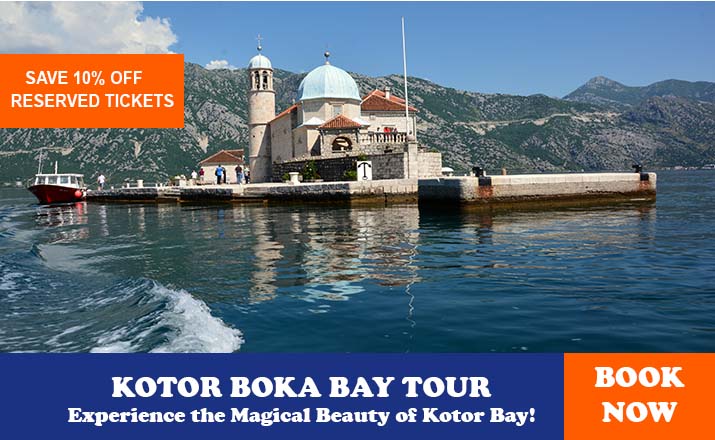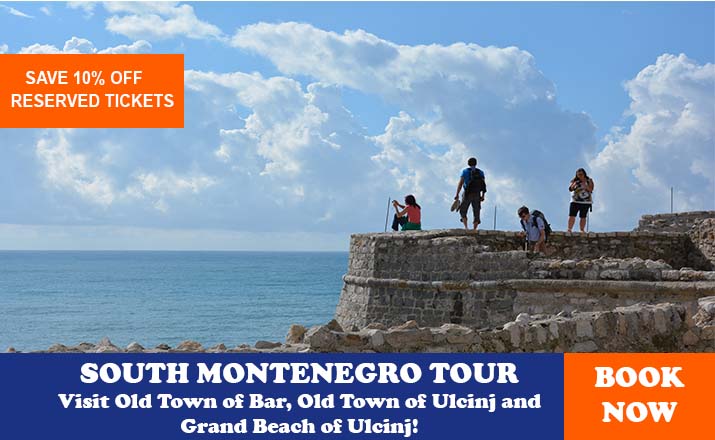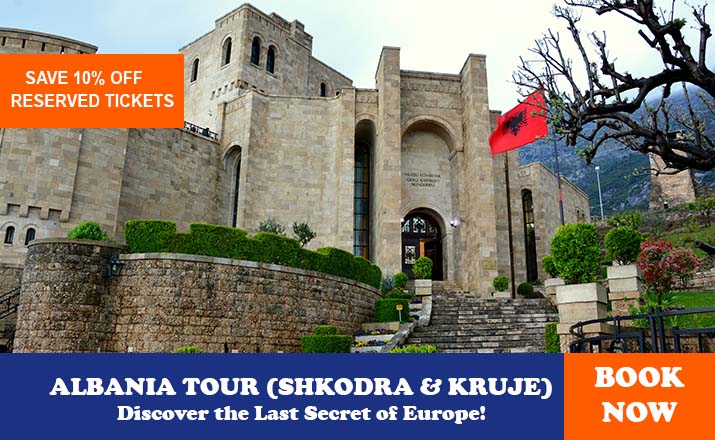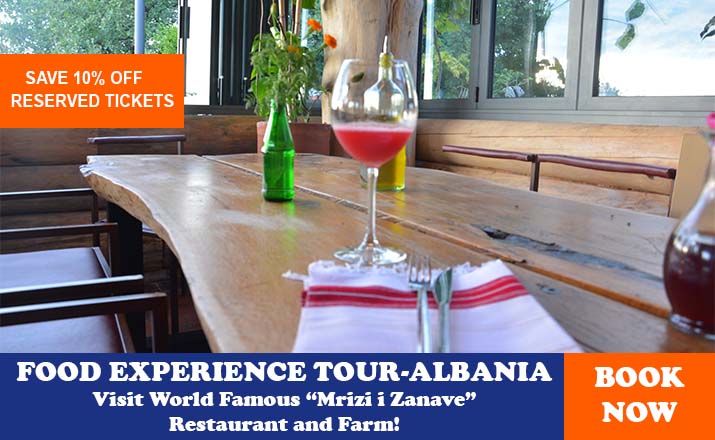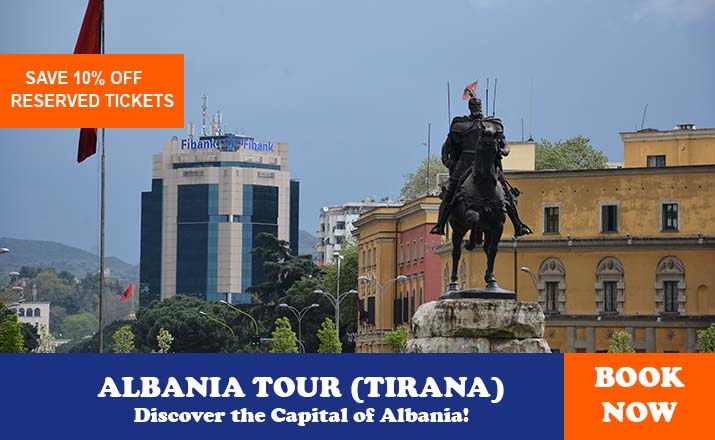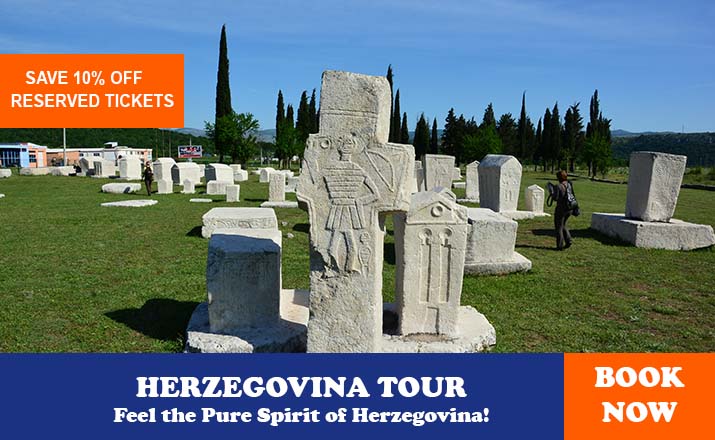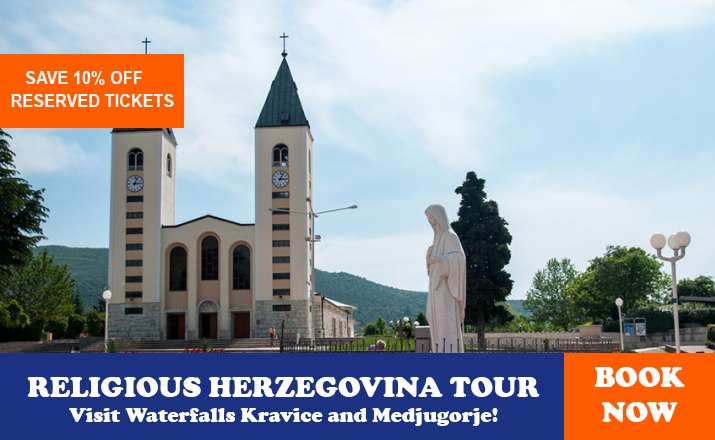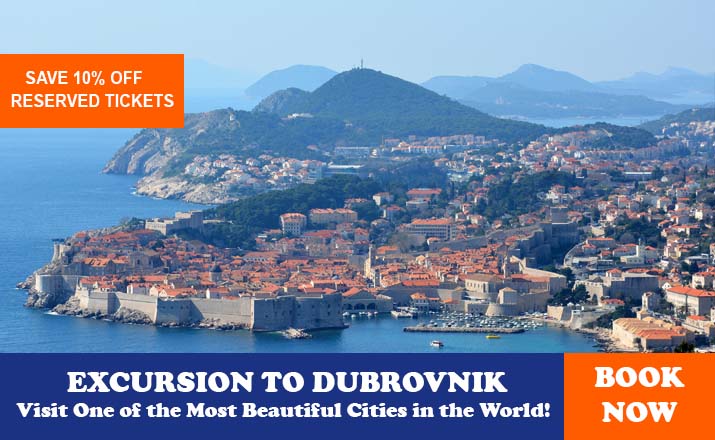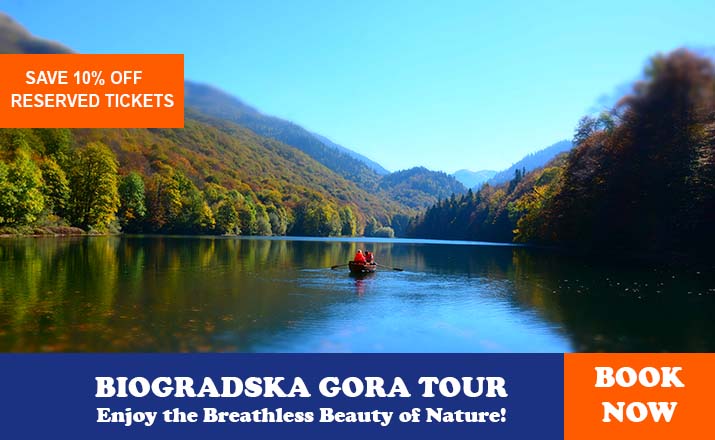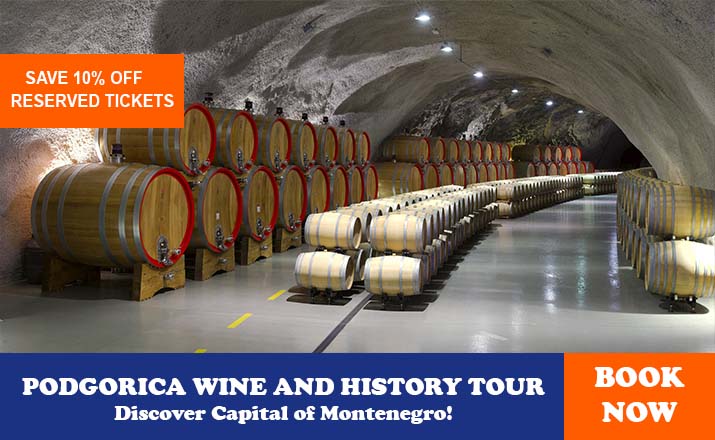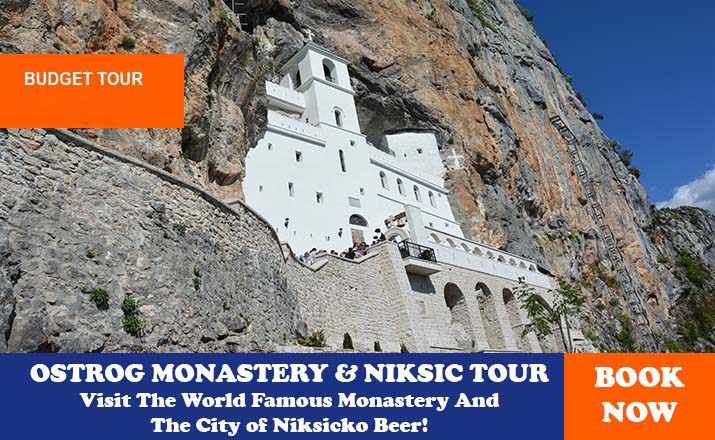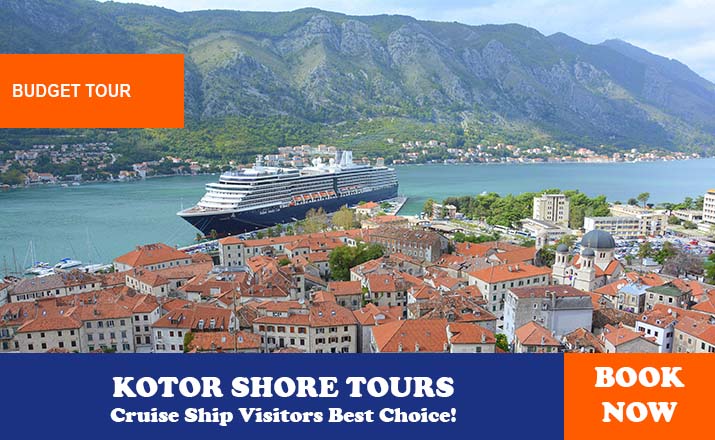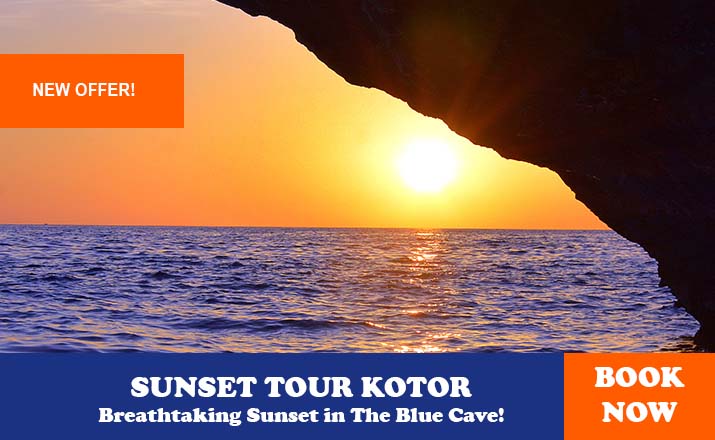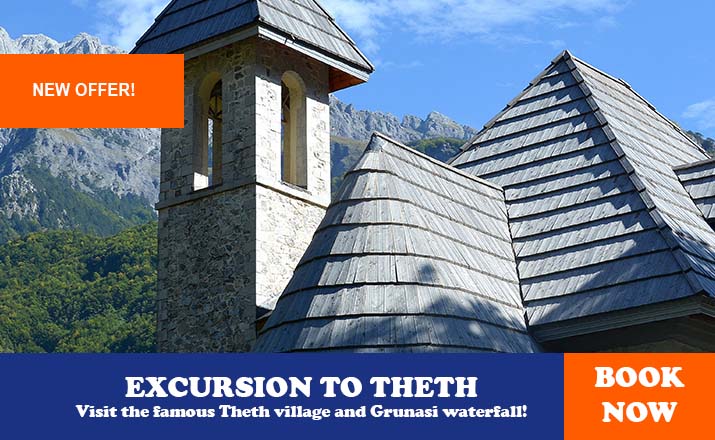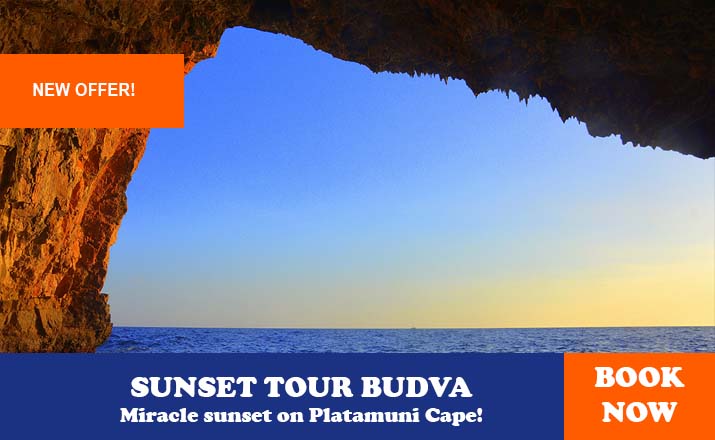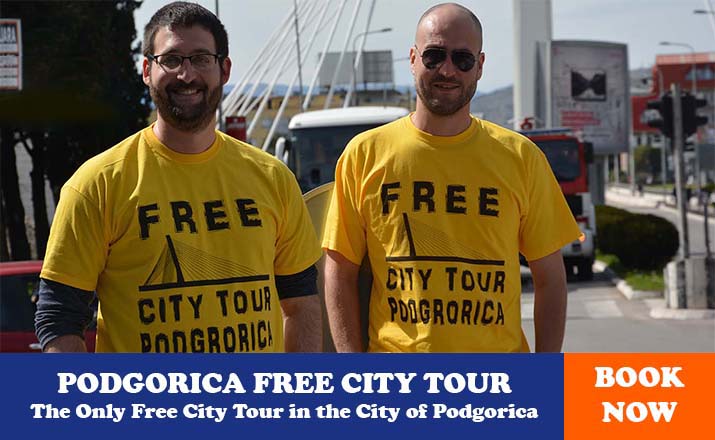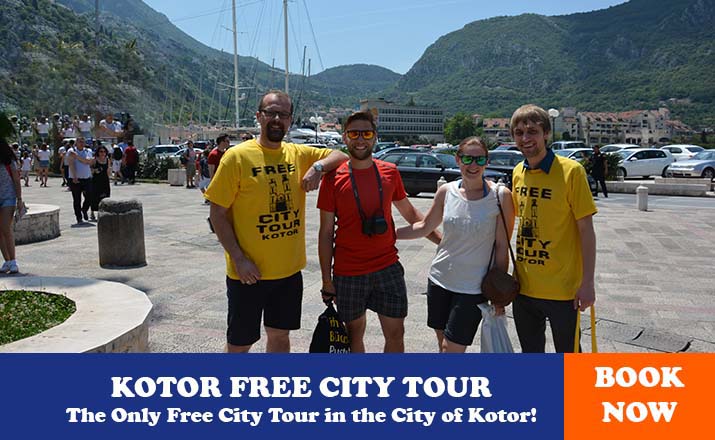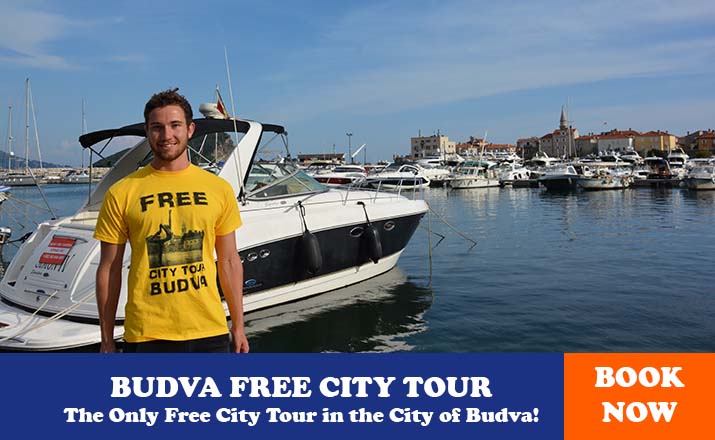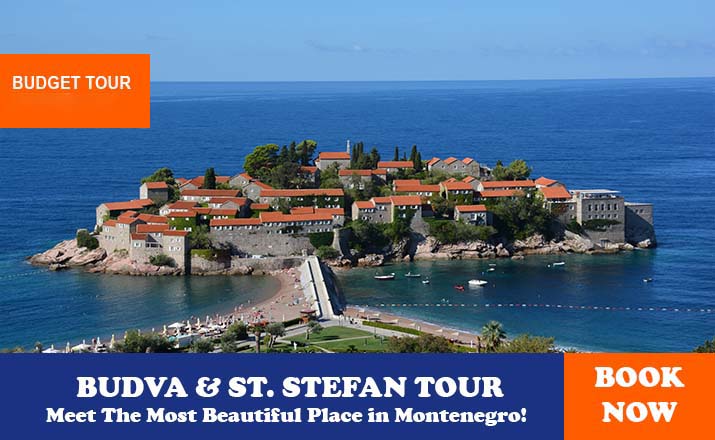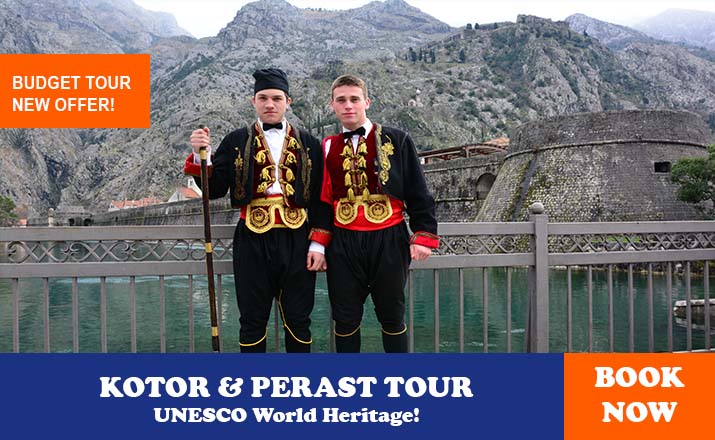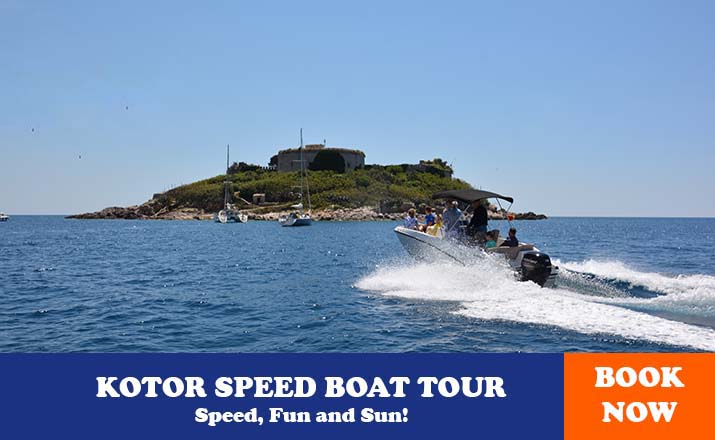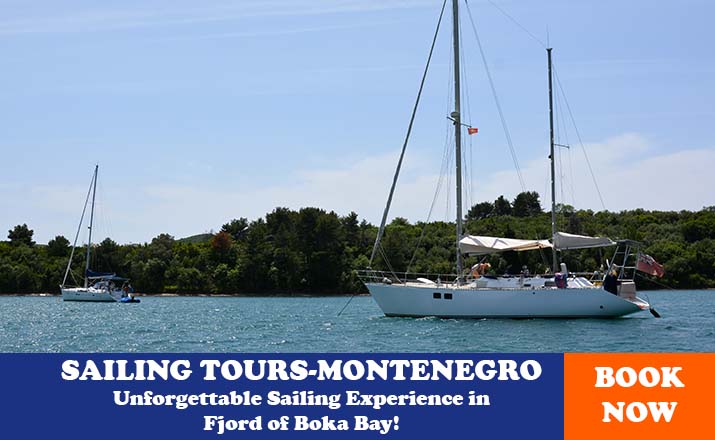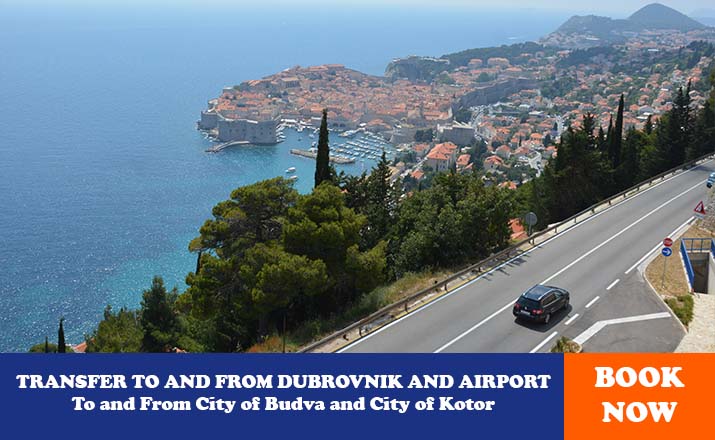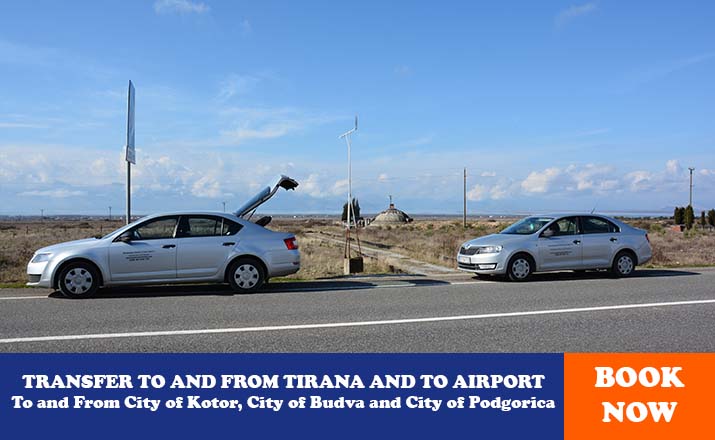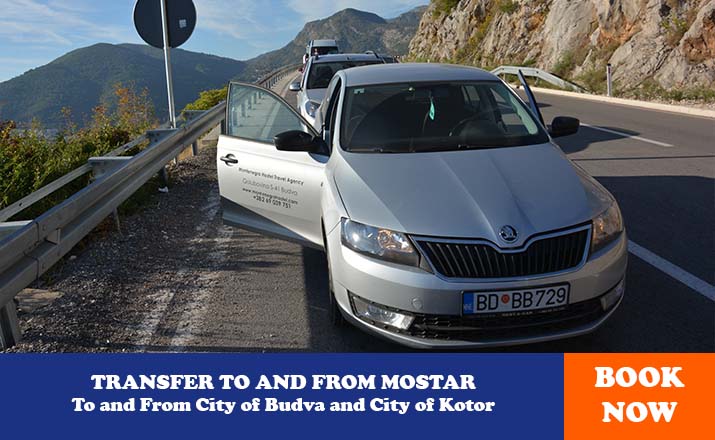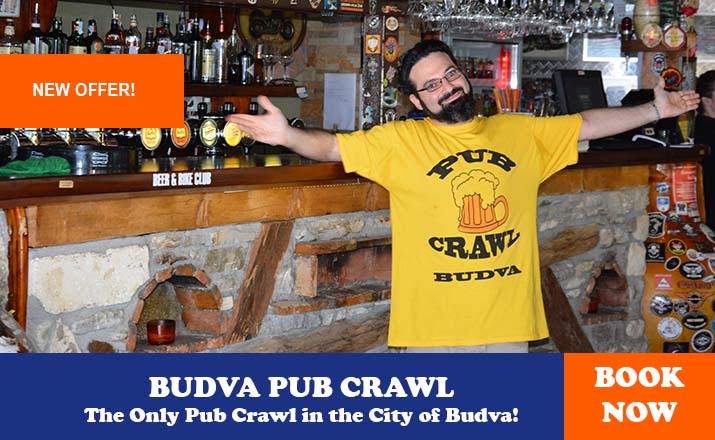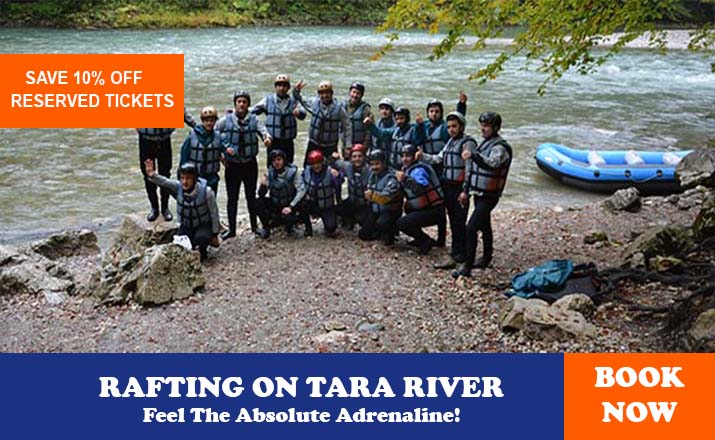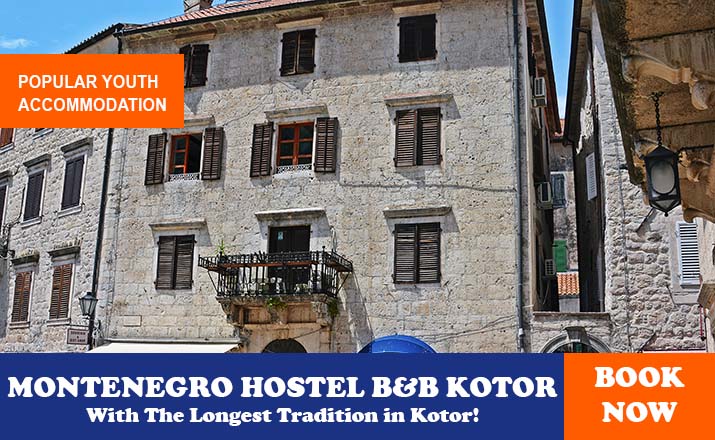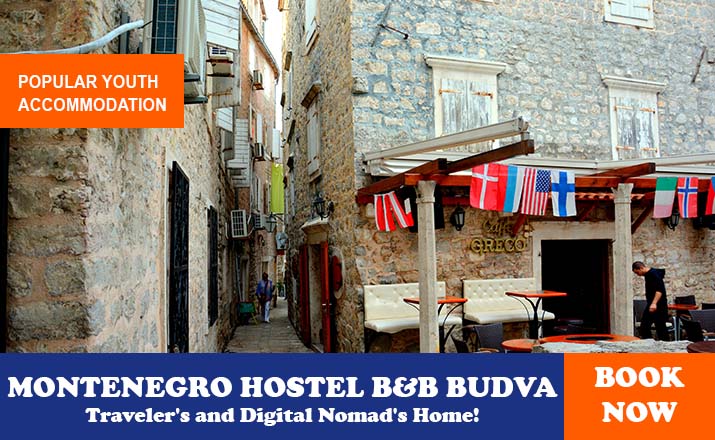ABOUT PROKLETIJE NATIONAL PARK
PROKLETIJE NATIONAL PARK
Prokletije (literally “Cursed Mountains”, in Albanian Bjeshët e Nemuna) is the southernmost ridge of the Dinaric Alps. In a wider sense, these mountains stretch from Shkoder in the west to Peć in the east, spreading through three states, Albania, Montenegro, and Kosovo, and representing a natural borderline between them. However, their name suggests a somewhat different view: they were considered “cursed” by the shepherds for their inaccessibility and lack of water in pastures; in fact, they were unsuitable for any kind of life. These extremely rough conditions can only be found in the area south of Gusinje, which is considered to be the core of the Prokletije ridge. This part of the mountain ridge is the most impressive; its wilderness and the size of its jagged stone cliffs make it terrifying in its proportions. This is also where the Prokletije’s highest peak, Maja Jezerce (Jezerski vrh 2,694m). The massif is ideal for hiking and alpinism, and although it lacks facilities and many marked paths, it offers a feeling of discovery and walking off the beaten track. Moreover, with its alpine meadows, peaks rising towards the skies, and marvelous panoramic views, Prokletije is an astonishing sight even for those who are not attempting to climb one of its peaks.
The look of Prokletije is due to the intensive glaciation process when glaciers are pushed down from the mountains, carving deep valleys that lead closer to the heart of the massif from Grbaja in the west to Ropojana to the east. From Gusinje, one reaches Grbaja by way of Dolja village (7km). As you approach this valley in front, you open one of the most picturesque views in Montenegro, an idyllic vale of green grass with a stream in its middle and birch woods on its sides, bordered with steep mountains finishing with bare stone peaks. To your left rise the Karanfili peaks are topped by Veliki vrh (2,490m), while on your right are peaks Popadija (2,056m) and Volušnica (1,876m). Grbaja valley is some 3 km long, and it slowly rises towards the south with three lovely fields opening one after another. Apart from its enchanting beauty, Grbaja is also the usual starting point for hikers, because of its couple of mountain huts.
Starting from Grbaja, all hiking tours are fully marked. Before starting, you should get a proper map and take a lot of water with you, as the upper areas are waterless. Continuing southwards from Ali-pasha’s springs, the road follows the Skakavac stream, past the village of Vusanje, and slowly enters the valley of Ropojana, squeezed from all sides by high peaks. If you’re interested in staying longer in this area or are willing to climb some of the peaks, it is advisable to report to the border police in their base south of the Vusanje village. On the other side of Vusanje, one comes to Grlja waterfall. At this spot, the Grlja River makes a sudden turn and falls from 15m high into the stone abyss from which chilling spray rises. Not far away up the river is another waterfall, but this one is sheltered in the woods and impossible to see from the road. However, if you’re walking, you will certainly hear its sound. Just after the waterfall, the stream slows down in a place known as Savino oko (Sava’s Eye), where the striking blue water reveals unusually great depth. Four kilometers further to the south, deeper in the narrowing field of Ropojana, lies the Čemerikino Lake. This wild and inaccessible lake disappears in the summer. Note that the Montenegrin-Albanian border lies directly on the other side of the lake.
From Ropojana, one can climb the Rosni vrh (Maja Rosit 2,522m), right on the border. From the left of Ropojana, one can advance to the central part of Prokletije with Maja Jezerce lying in Albania, 7 km south of here. The climb from the end of the asphalt road takes 10 hours in one direction and is therefore recommended to do it in two days with an overnight camp. There are no border controls from the Albanian side, but if you want to be on the safe side, you can announce your group to the Albanian police. Turning left from Vusanje, one comes to the Zarunica hamlet. To the north of it is the Green Bor ridge (2,012m), and south of the desolate massif of Belič with the highest peak of Maja Kolata (Kolac 2,530m), a few hundred meters into Albania.
CLIMATE AND RELIEF
The climate is continental, mountainous, and sub-alpine. The winters are very harsh and long, and summers are short and fresh. Mean annual air temperature of 2-7 °C. Maximum rainfall takes place in late autumn and the first part of winter. Snow cover has an average thickness of 15 cm and reserves of 90-210 days. Relief is jagged, with numerous peaks, gorges, steep slopes, river valleys, and alpine-type other natural phenomena. Karanfilsko-Bjelički zone is the most rugged part of the area, with several peaks above 2000 m. There are many natural forest communities of deciduous and coniferous, community stages, ecosystems, meadows and pastures, and anthropogenic deserts.
FLORA AND FAUNA
Forests are one of the most important natural resources. The most widespread are highly economic forests (44%), which partly have a jungle character, then the protective forests (34%), and at the end low wood. They are characterized by vertical zonation. On the lower parts, oak forests continue, beech and mixed beech-fir forests. Added to that are pure or mixed spruce forests. Above them are relic fir forests and mixed stands of pine and Macedonian pine. The upper forest border forms a dwarf pine. Prokletije largely has the character of the Central European flora with a significant share of the arctic-Alpine mountain and Submediterranean elements.
A large number of species are endemic, relict, and rare, and many species have medicinal and honey-specific specifics. On the territory of the park, there are over 1,700 species of plants, representing 1/2 of the flora of Montenegro, or something around 1/5 of the total Balkan flora, and highlighted by 40 typical plant communities. High mountainous flora is characterized by Alpine plants, such as Wulfenia Baldacci, Anemone narcissi flora, Pinus peuce, Potentilla Alpina, Pinus heldreichii, etc. Endemic species in the national park are Achillea abrotanoides, Euphorbia montenegrina, Draba bertiscea, Pedicularis ernesti-mayeri, Hieracium bertisceum, and others
CULTURE
Prokletije National Park and its immediate surroundings have a rich cultural and historical past from prehistory to the present day. These regions have replaced the intertwining of civilizations and cultures, religions and empires, as evidenced by numerous sites, forts, churches, mosques, settlements, cemeteries, traditional architecture, beliefs, customs, ethnological themes, costumes, and folklore. The remains of settlements date from the Paleolithic and Bronze Age, dating from the Illyrian and the Roman Empire.
The remains of religious buildings and defensive fortifications from the Turkish era are from the Middle Ages, with many of the characteristics of Oriental monuments. The traditional architecture of the area has been preserved in the form of residential houses, which were made of wood or combined with wood and stone. This area is characterized by extremely valuable ethnographic wealth, which is reflected in the diversity of folk costumes, original music, folklore, and customs, and there are numerous homemade products and handicrafts.
Montenegro Hostel Team

